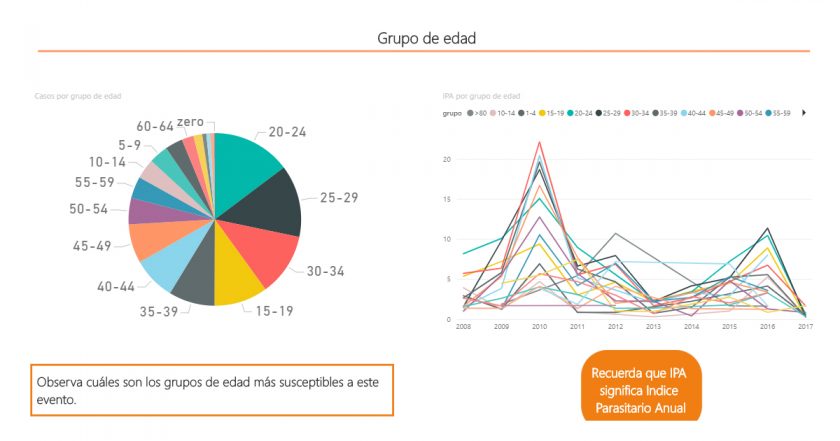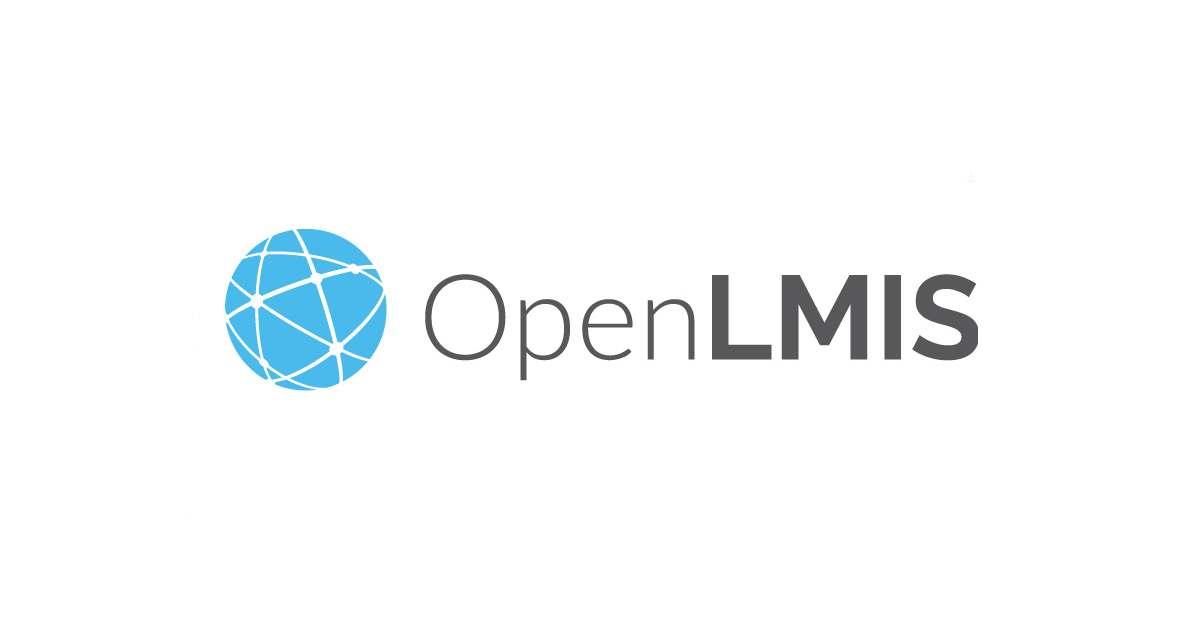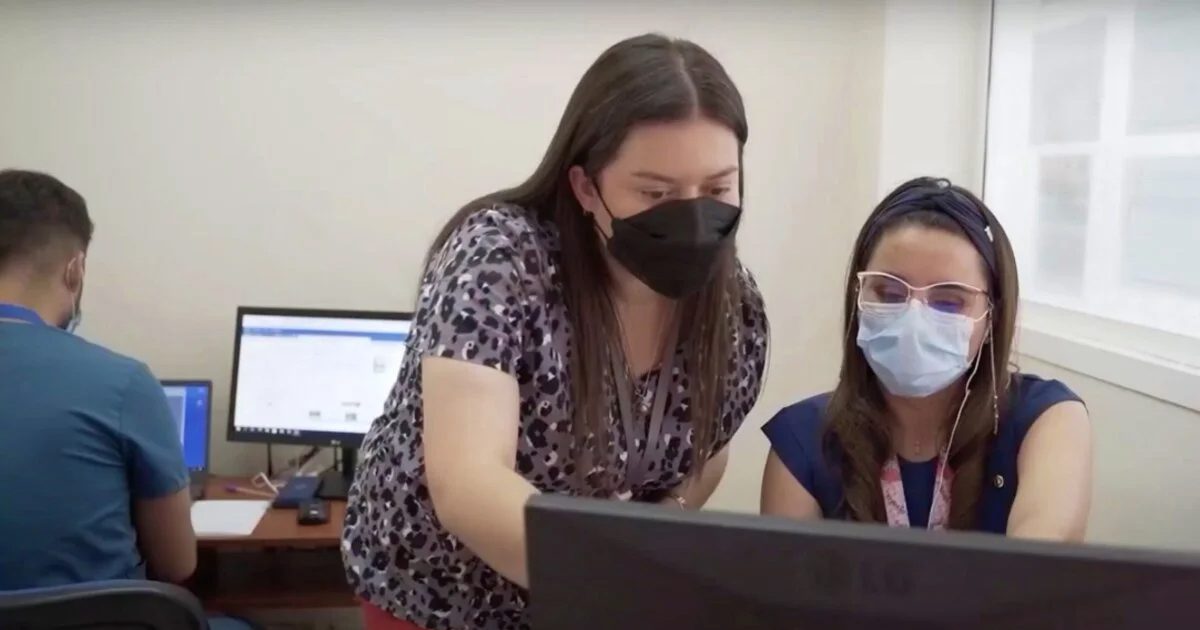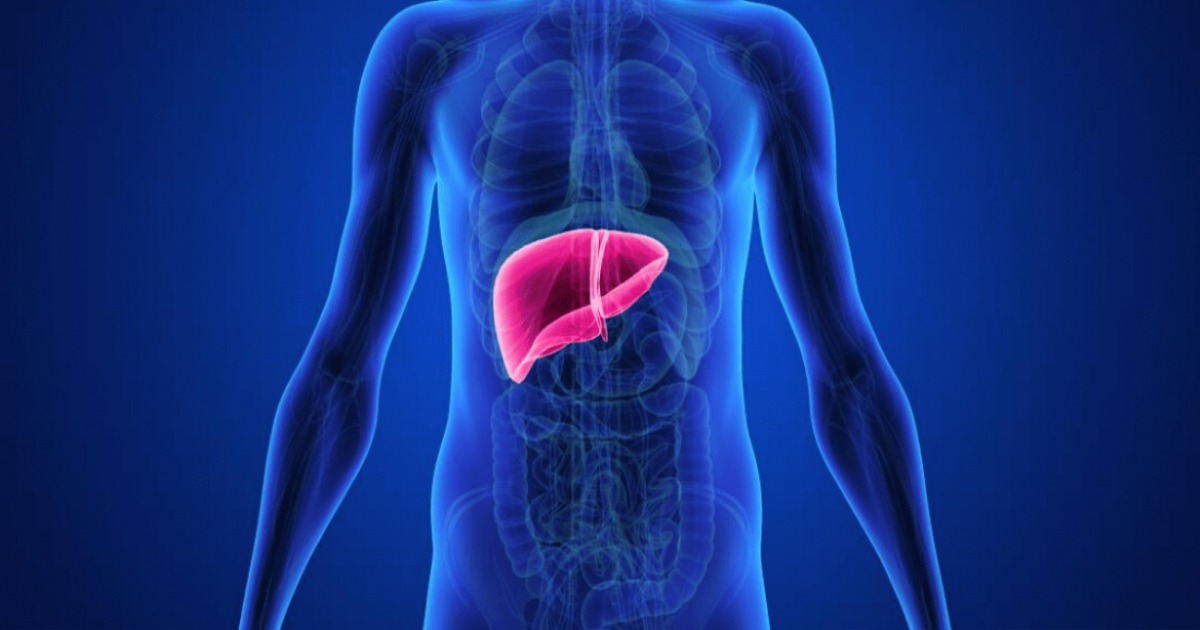PREDICTOR DE SALUD is an agent-based predictive tool to understand the dynamics of public health events and avoid them to make appropriate arrangements for their timely mitigation.
The National Institute of Health in Colombia proposed an alternative to know and predict behaviors within public health and its impact. It is possible to plan appropriate, high-impact public policies, however, it requires an analysis of hundreds of variables. There are tools to predict, resolve and prevent crises in public health, they are alternatives that are difficult to adopt in low- and middle-income countries.
In this context, the INS propose PREDICTOR de SALUD (Health predictor), a tool that seeks to predict the behavior of public health interest events (EISP, Eventos de interés en salud pública) through agent-based models (ABM). ABM, a class of computational models used for simulating individual or collective interactions to assess their effects on the system. There are ABM focused on Biology, business, technology and of course economics and social sciences.

The ABM developed by the INS feeds on data from the Public Health Surveillance System (SIVIGILA), as mentioned in the brief policy:
MBA seeks to understand a system from the analysis of its parts; they model ways as certain agents, for example, individuals, families, ethnic groups, chariot, animals, etc. act, relate to each other and their environment. This allows you to understand behavior patterns and how a system is organized.
Interventions by epidemiologists, entomologists, parasitologists and other health professionals are necessary. In addition, non-human factors should be taken into account and those that do relate to humans and interactions with each other, so environmental factors should be considered. ABM should establish input parameters, such as the number of inhabitants, rates of contagion, in the case of an EISP related to an infectious disease, for example, and output variables, such as morbidity, mortality, lethality, among others.
Among the public policy options proposed by the INS is the design of an ABM through computational software and calibrating the MBA through SIVIGILA data. Calibrations can be evaluated using mathematical techniques, to determine if it is ready to be applied in a specific actual situation. With adequate calibration, data, and sufficient information, the results can help you understand what the trend will be in a specific location in the face of an event determined as an epidemic of an infectious disease. This way you can make better decisions for EISP control by knowing in advance the possible scenarios that may occur.
The INS has published its tool in web version https://www.ins.gov.co/Direcciones/ONS/Paginas/Predictor.aspx in this case, the ABM was specifically trained to show data on Malaria, in all cities of Colombia, when selecting a city within the tool will yield six sections showing the following data:
- The distribution of the disease in different age groups
- Differences by sex
- Dynamics per epidemiological week showing data since 2007
- The historical trend of Malaria in the selected place
- Statistical data on prevention, vector attack and treatment
- Neighborhoods, which shows how the selected locality is with respect to the surrounding municipalities to know in which region a joint intervention would be most important
To read the full INS document, go to the following link: https://www.ins.gov.co/Direcciones/ONS/Guas%20Mediadoras%20de%20Conocimiento/Policy%20Brief%20Predirtor%20Salud.pdf






